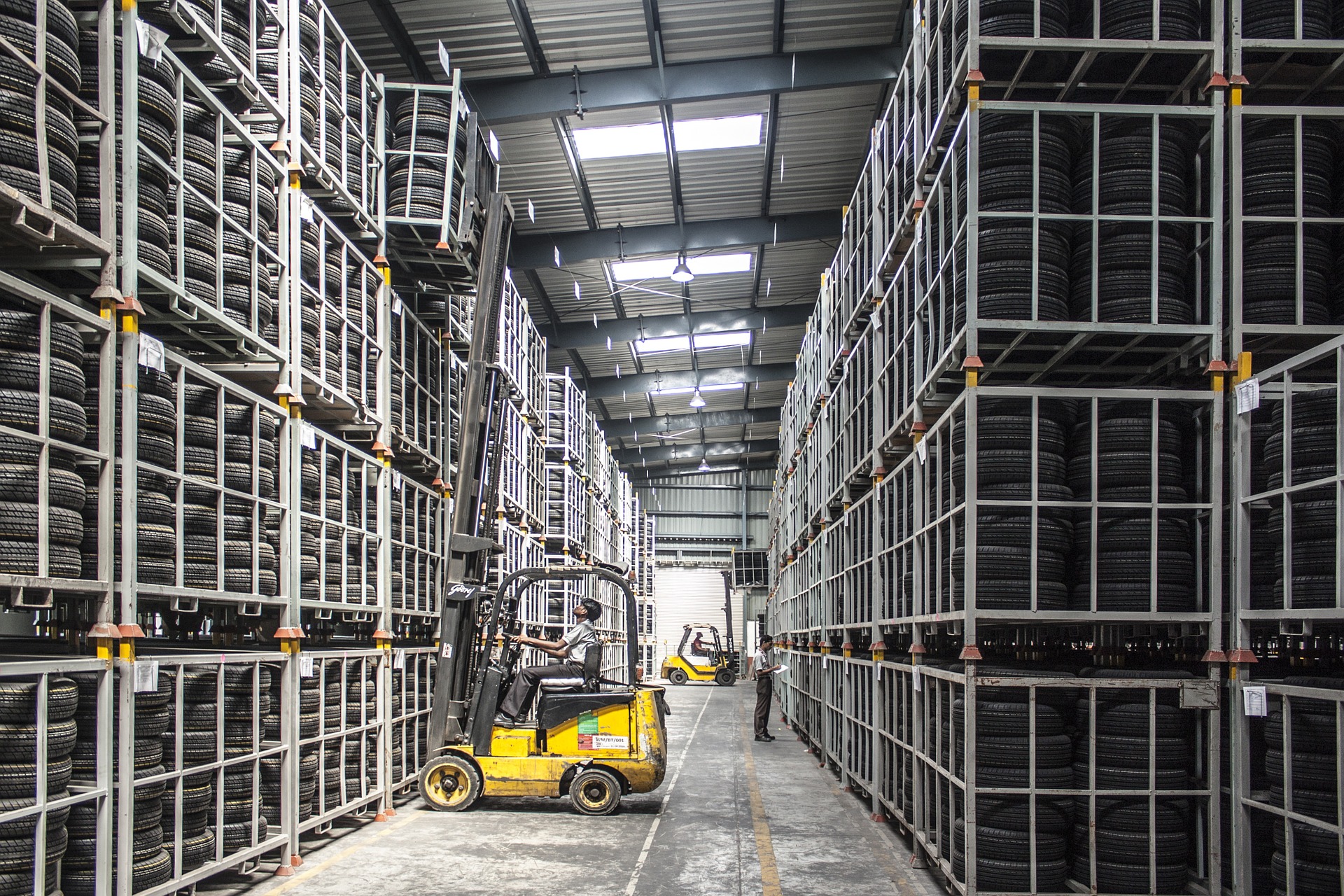Is Industrial Space Going Vertical?
Inventory space is going vertical as property parcels get smaller and more expensive. For years now the industrial market has been flying high thanks to global e-commerce. We’re now approaching near full occupancy with a shrinking inventory of industrial supply coupled with ongoing high demand for those assets; which is causing pricing to begin ticking up dramatically.
In other words, fulfillment centers are housing more and more inventory to meet rising demands leading them to think expansion at a time when there are fewer and fewer options.
Industrial is Going Vertical
Businesses are having a hard time keeping up with demand for their products and industrial is having a hard time keeping up with business demands for more warehousing and distribution space. Almost 40% of the activity around warehouses these days in the U.S. is part of a fulfillment and distribution operation. What do you do when you need to expand close by?
Well, industrial is going vertical in that case. Instead of looking to expand to a new warehouse or DC (distribution center), retailers are saving money by utilizing the vast empty space overhead in all of their current assets. It’s cheaper and much more efficient if done correctly.
The Industrial Market is Responding
In the face of such domestic and international growth, the need to speed up distribution while increasing efficiency has never been more important. The average warehouse or DC clearance is around 20 feet. These facilities are packed from wall to wall but usually not from the floor to the ceiling. It’s these types of facilities that can least afford an expansion but will see the biggest impact from savings due to the vertical trend.
Ways We’re Adjusting to “Vertical”
There are several ways to utilize unused space vertically in a warehouse. Although, there are some limits based on fire codes and building codes – you don’t want to literally stack from the floor to the ceiling.
Overhead there is probably unused space available but there is also probably space if you move some things around. About those ceiling height limitations, if you locate the different clearance limits throughout the warehouse and match it to the types of products that can fit in each, you can fill more empty space. You may also be able to combine a couple of warehouses along your distribution channels and use the remainder for spill over storage. Here are other ways we’re adjusting to vertical.
#1: Innovating New Robotic/AI Warehouse Technology
Using machine learning and robotics to move product can enable DC operators to hold more product within a warehouse without restricting movement of personnel.
#2: Using Smart Platforms and Programs to Move Inventory
Tech platforms that allow you to monitor and move inventory in real-time remotely helps speed up processes while also enabling the movement of inventory in ways that create more space.
#3: Rethinking Warehouse and Distribution Center Design
Product placement and how facilities are designed to make them accessible is another way to make vertical work. As this trend holds, developers are rethinking the way that DCs and warehouses are designed by working to incorporate vertical into new industrial spaces.


